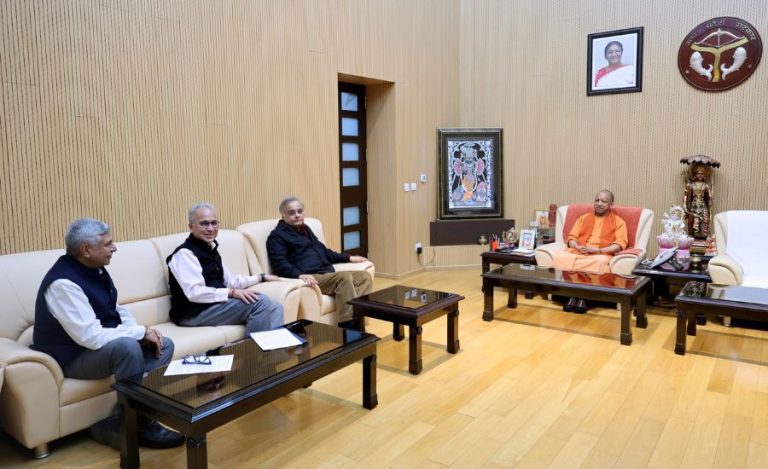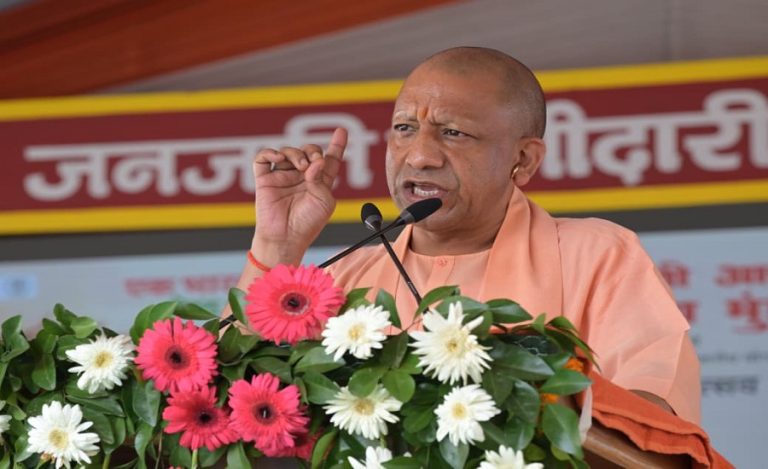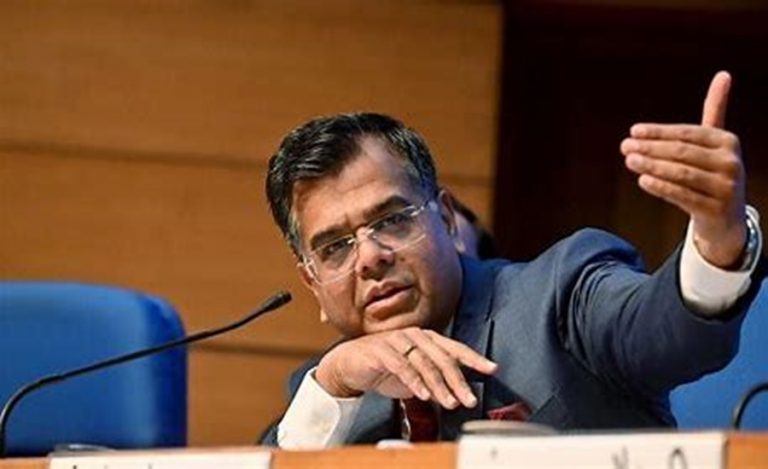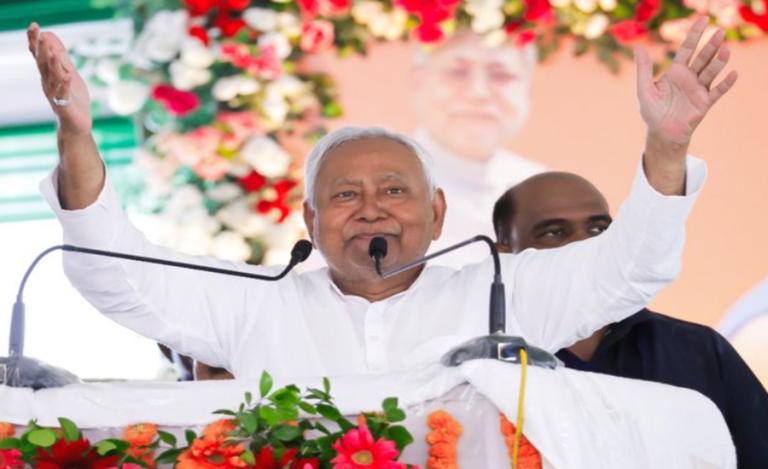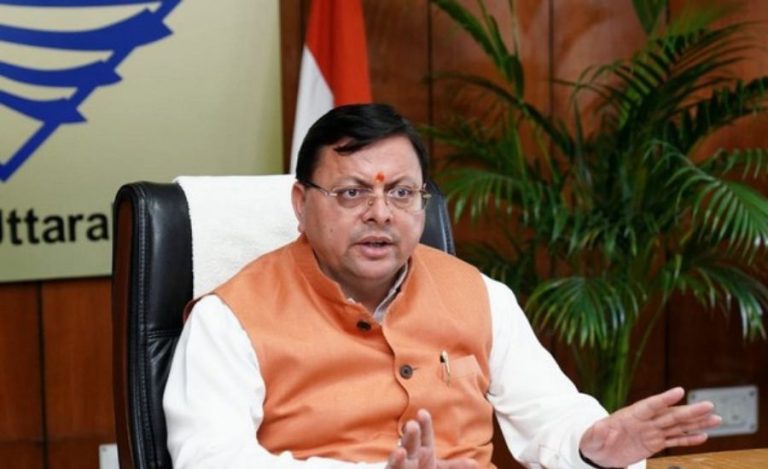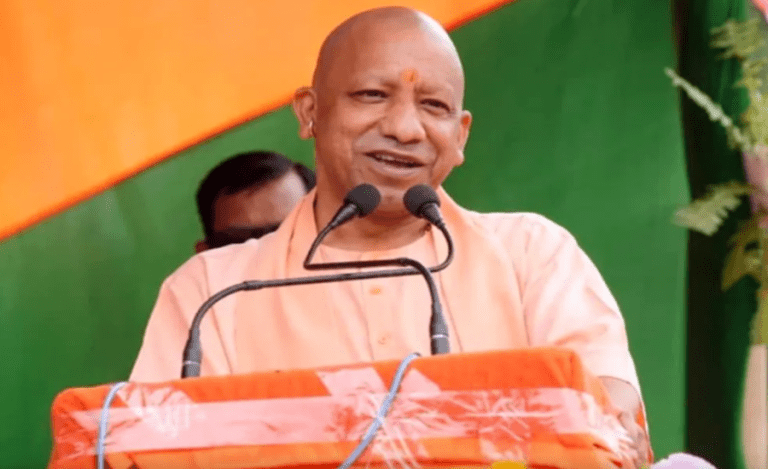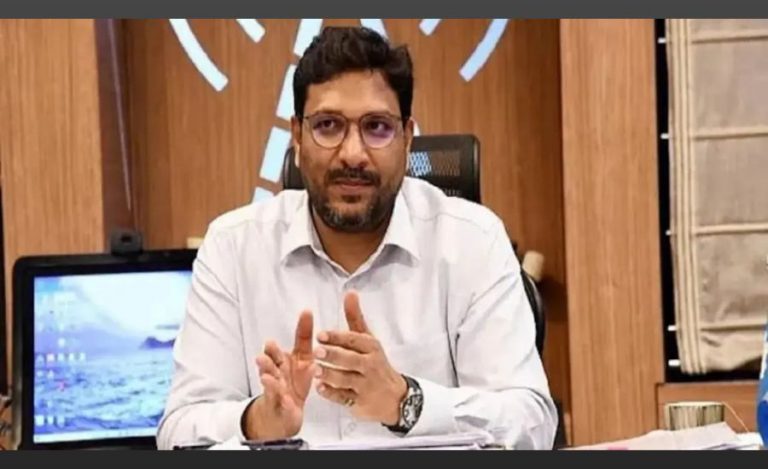The Union Minister for Power and New & Renewable Energy has informed in Parliament that India has transitioned from a power deficit to a power surplus nation. During the period from 2014-15, 97501.2 MW conventional power sector and 96282.9 MW of renewable energy capacity were added in the country. The generation capacity was increased by 70% from 248,554 MW in March 2014 to 425,536 MW in October 2023.
A total of 187849 ckt kilometre of transmission lines were added in the past nine years connecting the whole country into one grid running on one frequency. This enabled transfer of 116540 MW from one corner of the country to another.
The distribution system was strengthened by implementing projects of 1.85 lac crores under DDUGJY/IPDS/SAUBHAGYA and constructing 2927 sub-stations, upgrade 3964 sub-stations and adding 8.86 lac circuit kilometres of HT/LT lines.
As a result, the availability of power in rural areas has gone up from 12 hours in 2015 to 20.6 hours in 2023. In urban areas, power available is 23.6 hours. The gap between Energy Requirement and Energy Supplied has come down from 4.2% in 2013-14 to 0.3 % in 2023-24.
In order to ensure an uninterrupted power supply for the nation’s growth, there will be further capacity addition between 2023-32 in thermal, hydro, nuclear and renewable energy. Further, transmission plan for integration 500000 MW RE capacity of non fossil fuel by 2030 is being implemented in a phase manner commensurate with RE capacity addition.


